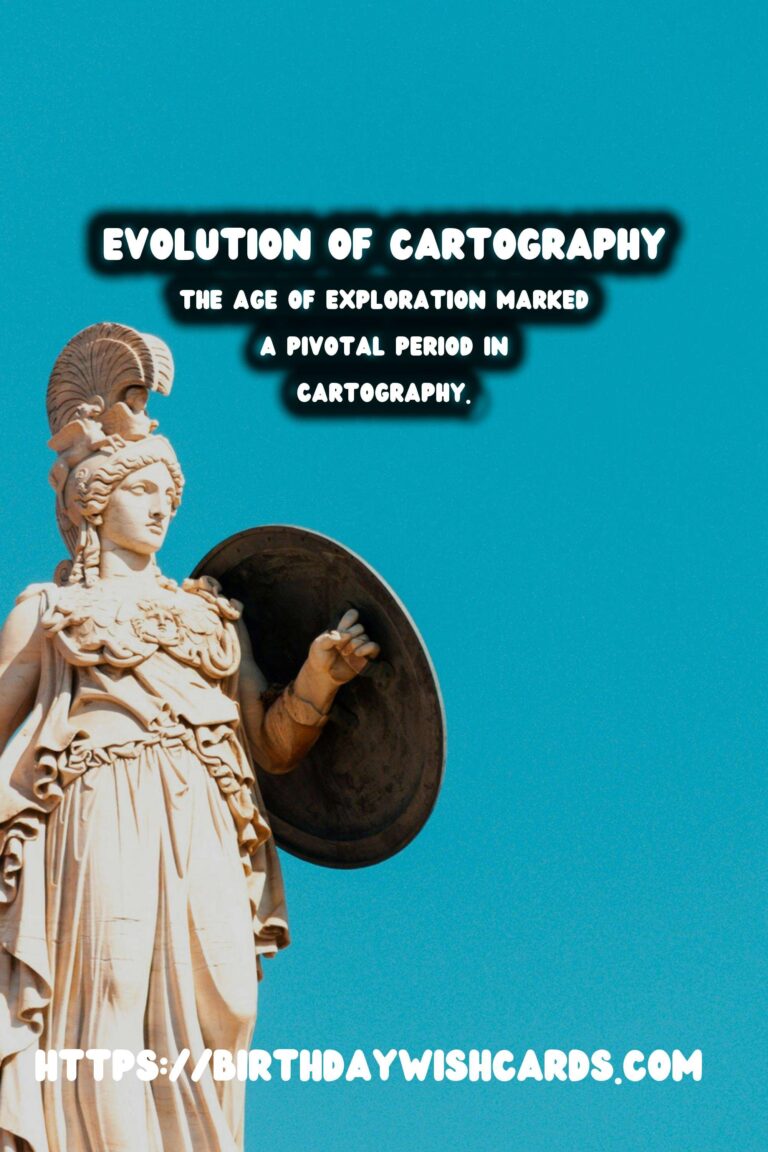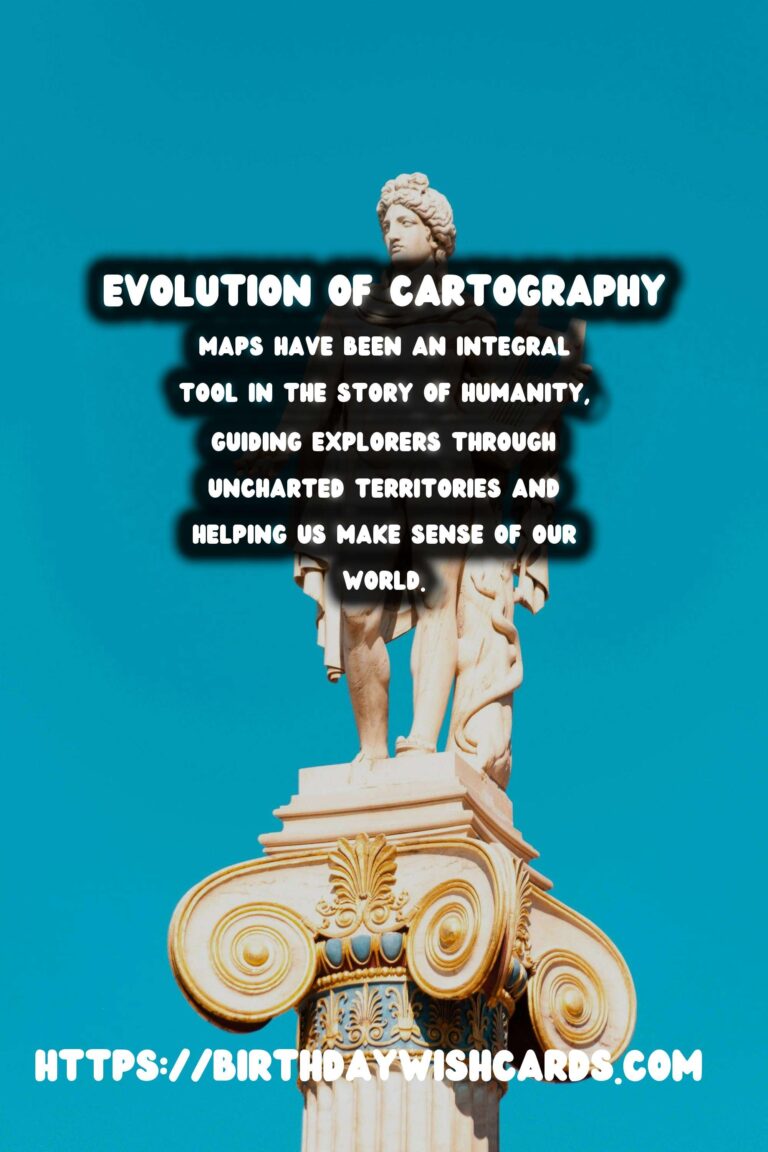
Maps have been an integral tool in the story of humanity, guiding explorers through uncharted territories and helping us make sense of our world. From ancient to modern times, maps have evolved in both form and function, reflecting technological advancements and our expanding geographical knowledge.
Ancient Maps: The Beginnings of Cartography
The earliest maps, dating back to approximately 2300 BC, were simple representations of local areas and trade routes etched on clay tablets. These early maps, primarily from Mesopotamia, showcased a rudimentary understanding of the surrounding environment.
Ancient Egyptian maps were predominantly used for administrative purposes, such as documenting land division for taxation. One remarkable example is the Turin Papyrus, which dates back to around 1160 BC and is believed to be the world’s oldest road map.
The Age of Exploration and the Birth of Modern Cartography
The Age of Exploration (15th to 17th centuries) marked a pivotal period in cartography. As European explorers ventured across oceans, the demand for accurate sea charts skyrocketed. This era witnessed the creation of the first world atlases, with Gerardus Mercator’s 1569 map introducing a projection technique that facilitated maritime navigation by preserving accurate compass bearings.
The Influence of Technology on Maps
The 19th and 20th centuries brought significant technological advancements that transformed mapmaking. The invention of the printing press enabled mass production, making maps more accessible to the general public. Photogrammetry (measuring distances using photographs) and aerial photography emerged in the early 20th century, leading to more precise topographical maps.
With the advent of satellite technology and GPS in the latter half of the 20th century, maps became digitized and interactive. Today, digital maps are ubiquitous, providing real-time data and navigational guidance through smartphones and other devices.
Maps in the Digital Age
The digital revolution has reshaped cartography in unprecedented ways. Geographic Information Systems (GIS) allow for complex data analysis and visualization, making maps an essential tool for urban planning, disaster management, and environmental monitoring.
Online platforms like Google Maps and OpenStreetMap have democratized cartography, enabling users to contribute and access detailed geographical information with a few clicks. These platforms harness vast databases and satellite imagery to offer an interactive experience far beyond traditional paper maps.
Conclusion: Maps and the Future
Maps have come a long way from etched symbols on ancient clay tablets to sophisticated digital representations. As we continue to explore new frontiers, maps will undoubtedly evolve to reflect our ever-expanding understanding of the universe. They remain an essential tool for navigation and discovery, whether we’re journeying across the globe or exploring the vastness of space.
Maps have been an integral tool in the story of humanity, guiding explorers through uncharted territories and helping us make sense of our world. The Age of Exploration marked a pivotal period in cartography.
#maps #history

